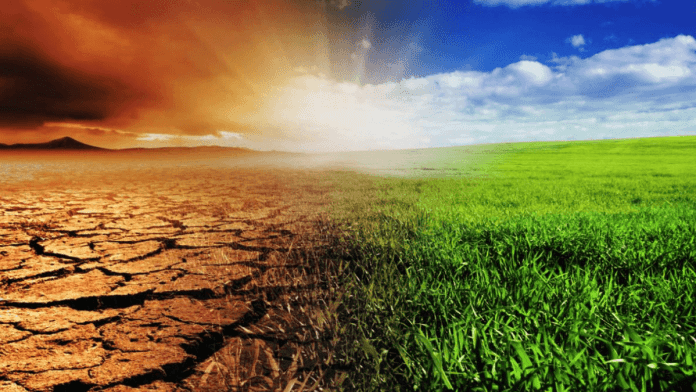News in Brief:
– USDA releases updated methods report for measuring greenhouse gas emissions in agriculture and forestry.
– Report aims to empower farmers and ranchers with improved tools to assess and manage their operations’ environmental footprint.
The United States Department of Agriculture (USDA) has announced the latest edition of its report, Quantifying Greenhouse Gas Fluxes in Agriculture and Forestry: Methods for Entity Scale Inventory. This comprehensive update equips farmers, ranchers, and forest landowners with enhanced tools to measure and manage the greenhouse gas footprint of their operations, marking a significant stride towards climate-smart agriculture.
Building upon the original 2014 report, the 2024 edition offers refined methodologies aimed at bolstering accuracy. Moreover, it introduces new techniques enabling users to more effectively quantify the greenhouse gas benefits of various management practices. Crucially, the report has been redesigned for enhanced user-friendliness, ensuring accessibility for stakeholders at all levels.
Agriculture Secretary Tom Vilsack hailed the updated report as a cornerstone of climate-smart agriculture. He emphasised its role in guiding conservation efforts, refining greenhouse gas estimations on US farms, and fostering markets for carbon and climate-smart products. This endorsement underscores the report’s significance in shaping sustainable agricultural practices nationwide.
Of particular importance is Section 2709 of the Food, Conservation, and Energy Act of 2008, which directed the agriculture agency to establish science-based guidelines for measuring environmental service benefits. These guidelines empower farmers, ranchers, and forest landowners to participate in emerging environmental services markets, thereby catalysing local initiatives to combat climate change.
COMET-Farm: a tool for change
The report underpins COMET-Farm, an innovative online platform developed by USDA and Colorado State University. This tool enables farmers and ranchers to generate farm-scale greenhouse gas inventories and explore management scenarios for emissions reduction. By harnessing COMET-Farm, local agricultural stakeholders can actively mitigate their environmental impact.
The 2024 update is the culmination of extensive collaboration involving over 60 authors, including USDA scientists, university researchers, and environmental experts. Their collective efforts have produced consistent metrics for estimating changes in greenhouse gas emissions and carbon sequestration across diverse agricultural landscapes.
As USDA reaffirms its commitment to scientific rigor, the report’s updates underscore its ongoing dedication to advancing agricultural sustainability. By empowering farmers, ranchers, and forest landowners with actionable insights, the USDA continues to champion a resilient and climate-smart agricultural sector.



